
steel - steel - Effects of heat-treating: Adjusting the carbon content is the simplest way to change the mechanical properties of steel. Additional changes are made possible by heat-treating—for instance, by accelerating the rate of cooling through the austenite-to-ferrite transformation point, shown by the P-S-K line in the figure. (This transformation is also called the Ar1 transformation
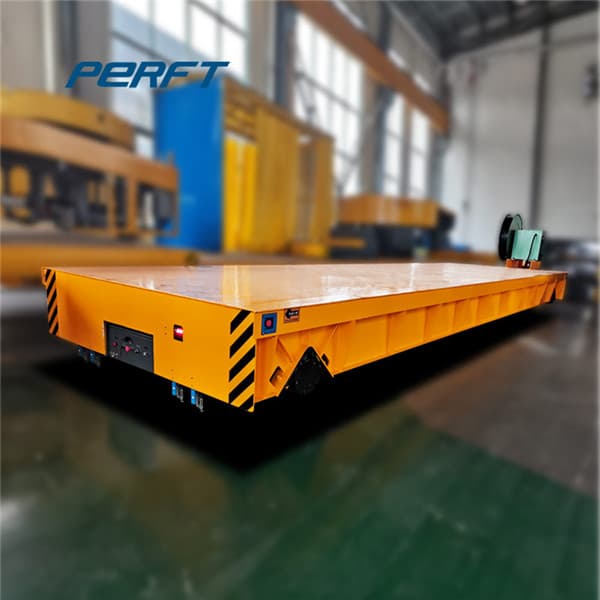
Grainger is your premier industrial supplies and equipment provider with over 1.6 million products to keep you up and running. Use Grainger.com for fast and easy ordering with next-day delivery available. Rely on our product experts for 24/7 support.
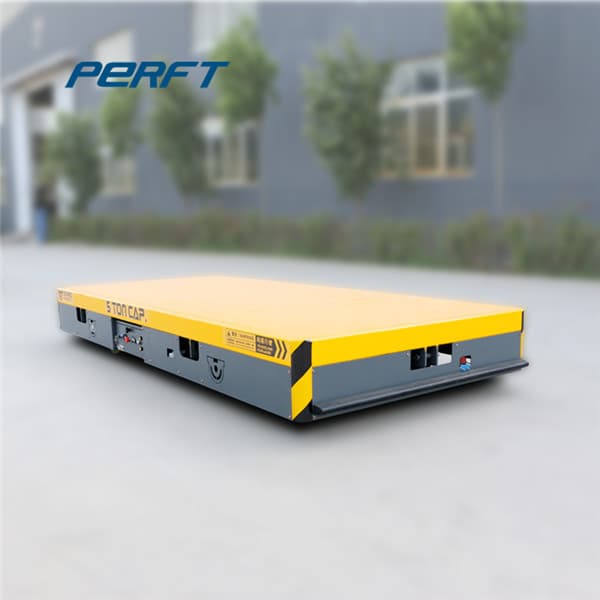
Thermal radiation is one of the three principal mechanisms of heat transfer.It entails the emission of a spectrum of electromagnetic radiation due to an object's temperature. Other mechanisms are convection and conduction.Radiation heat transfer is characteristically different from the other two in that it does not require a medium and, in fact it reaches maximum efficiency in a vacuum.

Overall Heat Transfer Coefficient Table Chart: The heat transfer coefficient is the proportionality coefficient between the heat flux and the thermodynamic driving force for the flow of heat (i.e., the temperature difference, ΔT): h = q / (Ts - K) where: q: amount of 2 K)
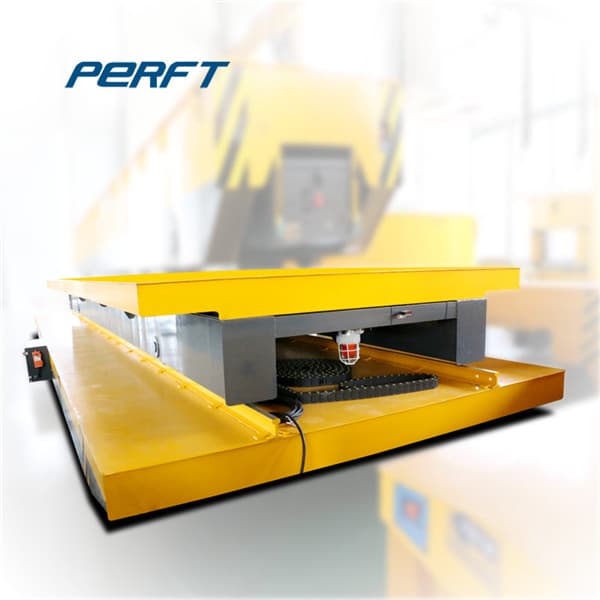
Water-Source Heat Pumps (From 230 tons to 1/2 ton) The premier manufacturer of High-Tech Customized Water-Source Heat Pump Systems is now the leader in Innovative Small Packaged Water-Source Heat Pump Units. AAON water-source heat pumps do more than the conventional water-source heat pump. They are engineered to handle complicated applications
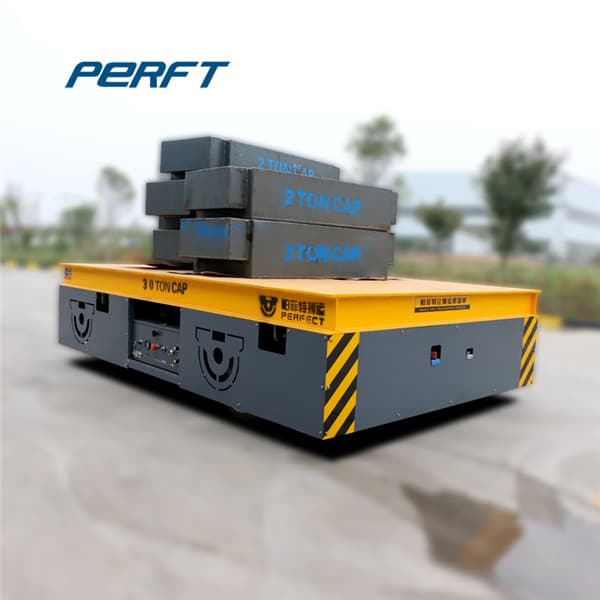
Force Calculator. Force Calculator. The force can be calculated by using the following formula: where p is the momentum, t is the time, m is the mass and a is the acceleration. Mass (m): assay ton [AT] [long] assay ton [AT] [short] atomic unit of mass bag [Portland cement, Canada] bag [Portland cement, US] bag coffee barge carat [kt] carat
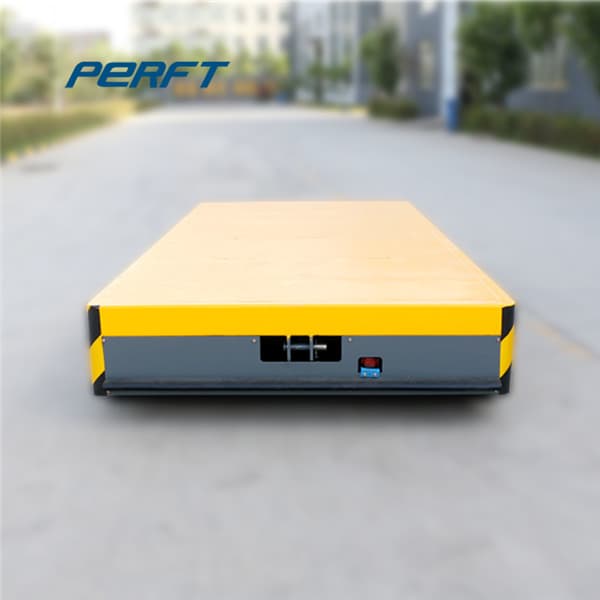
29/10/2020 · By being connected, the five individual four-ton SUVs have become a vehicle that weighs 20 tons, has 20 tires, and stops in the same distance as one SUV. Q.E.D. * It's true that, in present-day reality, big trucks do require more stopping distance than small cars, but the reason is economics, not physics.
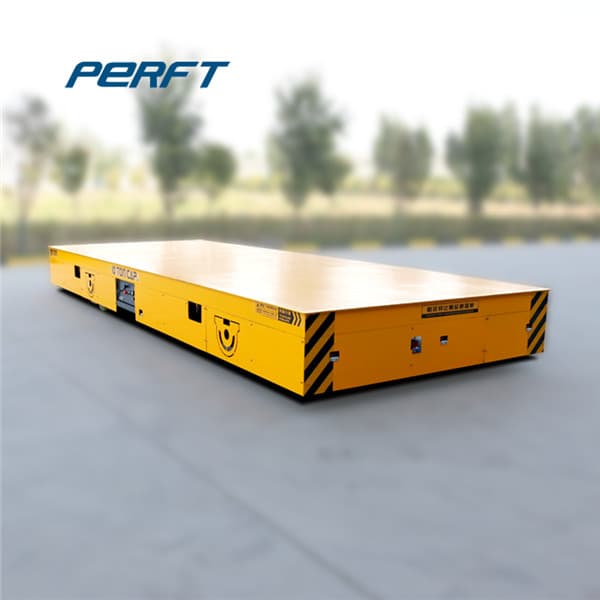
5/12/2014 · Fuel line is a petroleum-resistant nitrile tube with a covering that resists weathering, ozone and heat and can be used for ethanol-laced fuels and diesel fuel. It should, however, not be used on coolant systems, oil systems or fuel-injection systems that produce pressures higher than 50 psi.
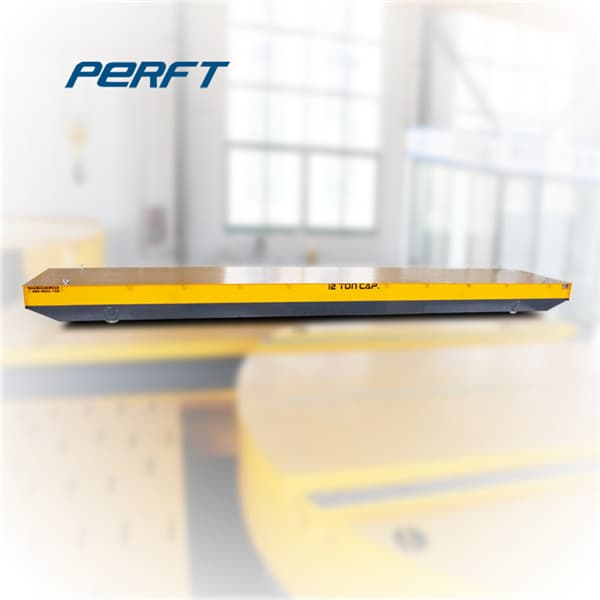
Evaporator coils are the unsung heroes of an air conditioning or heat pump system. These units are found on top or below your furnace, and help complete your system by transferring heat for enhanced home comfort. Your Carrier expert will recommend the appropriate sized coil for your system, so that your equipment can operate at maximum efficiency.
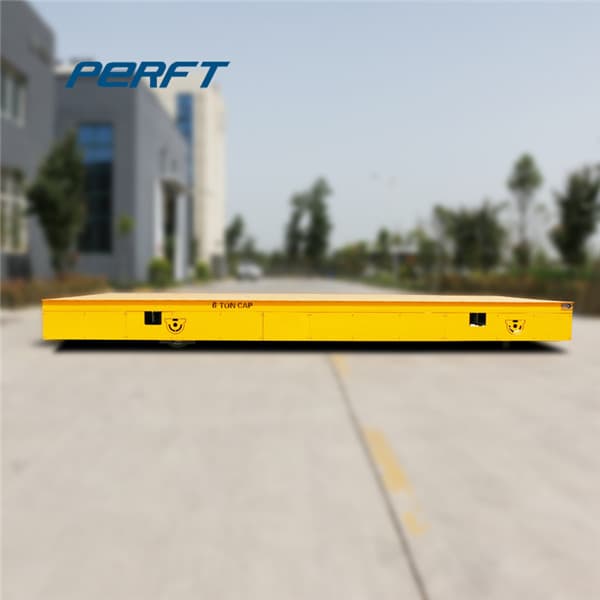
Learn how to do just about everything at eHow. Find expert advice along with How To videos and articles, including instructions on how to make, cook, grow, or do almost anything.
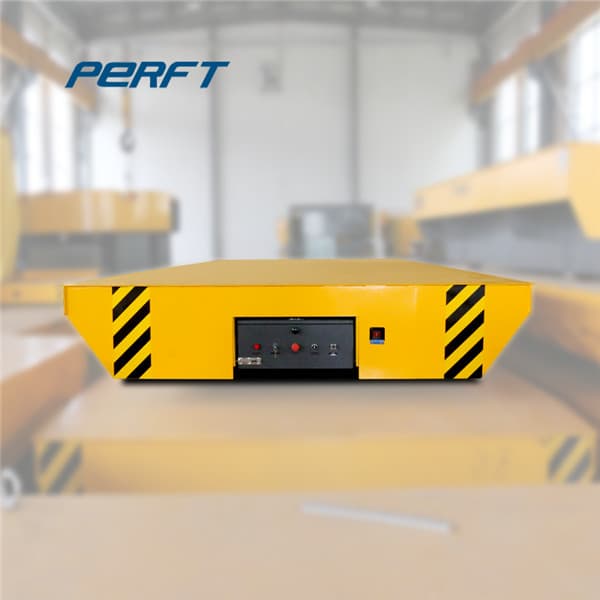
The ton of cooling load can be calculated as: h = 500 (1 US gal/min) (10 oF) = 5000 Btu/h. = (5000 Btu/h) / (12000 Btu/ton) = 0.42 ton. Converting between heat and energy units. Converting kW/tonn to COP or EER. Air Conditioning - Air Conditioning systems - heating, cooling and dehumidification of indoor air for thermal comfort.
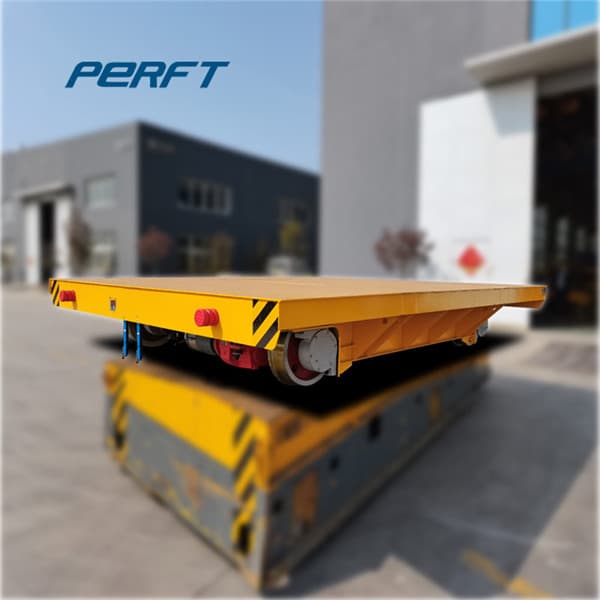
No 1 kerosene No 2 (PS-100) Air craft fuels and domestic oil heating No 3 (PS-200) Air craft fuels and domestic oil heating No 4 No 5 Heating oils for factory, commercial & mfg. process heating No 6 • Bunker C • Waste oils • Synthetic and heat transfer oils.

Four Wheeler features news and reviews of the latest 4X4 and off-road ready trucks and SUVs, overlanding rigs, side-by-sides, and tow-ready vehicles. Four Wheeler also hosts off

1 HEAT TRANSFER EQUATION SHEET Heat Conduction Rate Equations (Fourier's Law) Heat Flux : ???? ????′′ = −???? ???????? ???????? ???? ???? 2 k : Thermal Conductivity ???? ????∙???? Heat Rate : ???? ???? = ???? ????′′ ???? ???? ???? A c: Cross-Sectional Area Heat Convection Rate Equations (Newton's Law of Cooling)

4.1.7-312 Re-entry Motion Imagine one of Earth’s many small, celestial companions (say, an asteroid) wandering through space until it encounters Earth’s atmosphere at more than 8 km/s, screaming in at a steep angle. Initially, in the upper reaches of the
